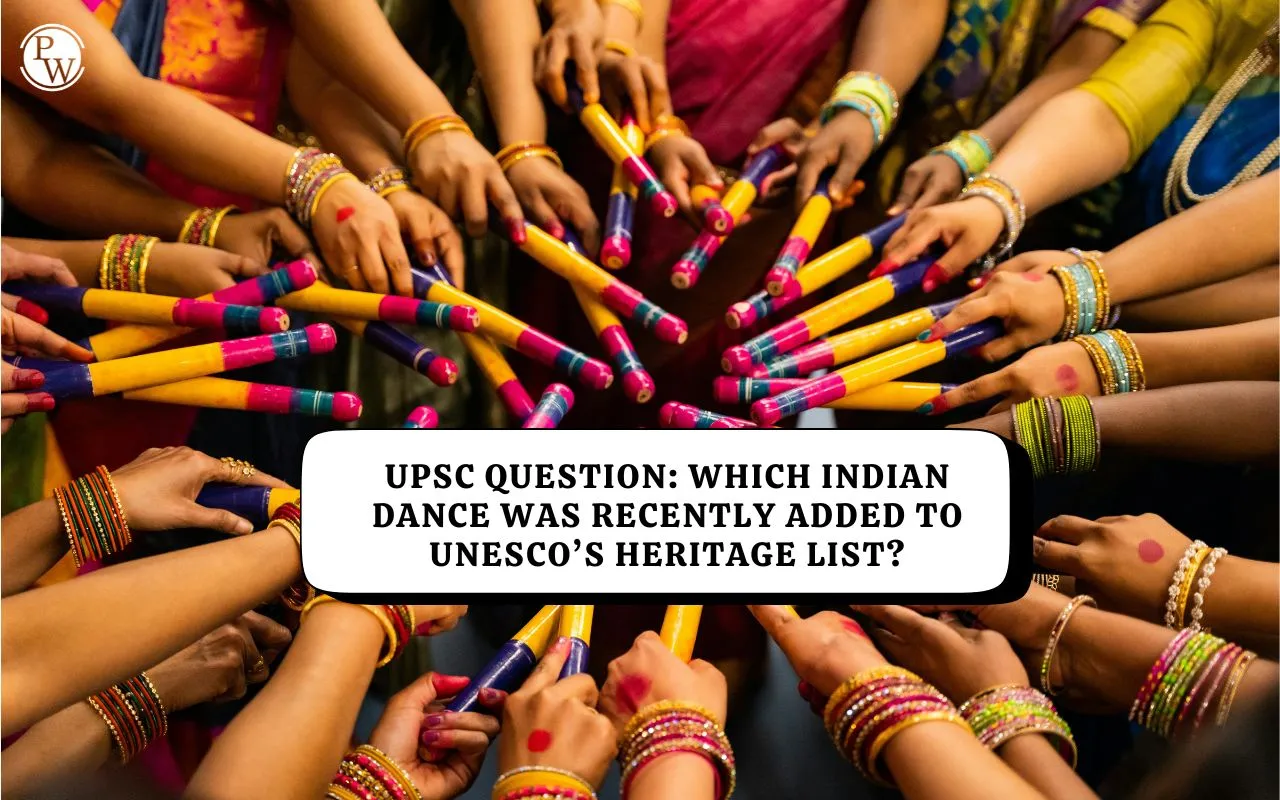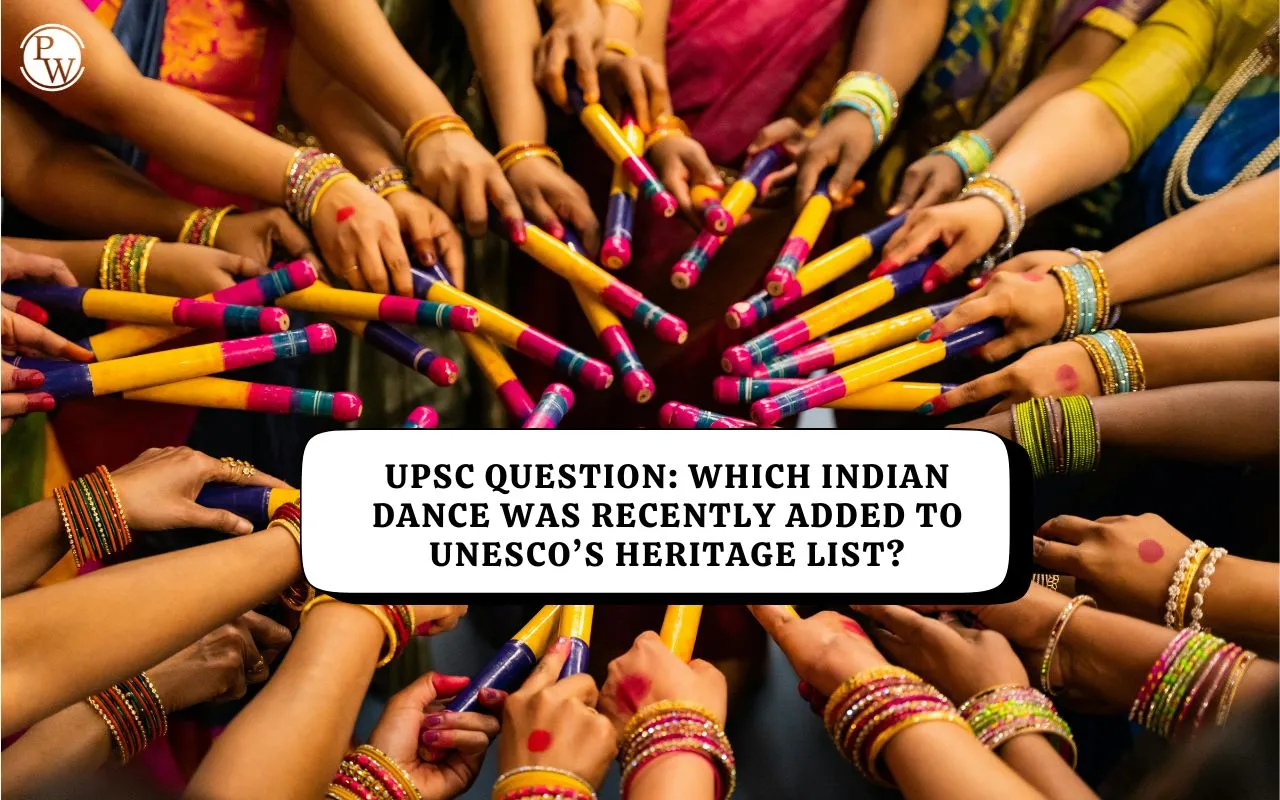

India’s vibrant cultural traditions continue to earn global recognition. The latest to receive this honour is Garba, the traditional dance form from Gujarat, which has been inscribed on UNESCO’s Intangible Cultural Heritage of Humanity list.
This inclusion celebrates not just the rhythmic movements and colorful attire of Garba, but also its deeper cultural meaning—a symbol of community bonding, devotion, and celebration of life.
Garba is performed during Navratri, a nine-night festival dedicated to Goddess Durga. Dancers form circles around an earthen lamp or an image of the goddess, representing the divine energy at the center of existence. The dance, music, and spirit of togetherness make Garba one of India’s most cherished folk traditions.
About Garba
Garba is a devotional dance performed during the Hindu festival of Navratri, celebrating feminine energy or Shakti. Dancers move in circles around a lit earthen pot or an image of Goddess Amba, clapping and singing as the rhythm intensifies. The tradition involves dancers, musicians, artisans, and religious groups, passed down through generations via practice and performance. Taught in schools, workshops, and cultural programs, Garba promotes social unity and inclusivity across communities.
Previous Indian Entries on the UNESCO Heritage List
Before Garba, several Indian cultural practices had already earned this recognition, including:
-
Durga Puja (West Bengal)
-
Kumbh Mela (celebrated in four Indian cities)
-
Chhau Dance (from eastern India)
Why This Recognition Matters
The inclusion of Garba highlights India’s rich cultural diversity and the efforts to preserve its living traditions. It also reinforces the importance of protecting intangible heritage — those traditions, rituals, and art forms that continue to shape communities across generations.
With this latest addition, India’s presence on UNESCO’s cultural heritage list grows even stronger, showcasing the country’s dynamic and inclusive cultural identity to the world.
